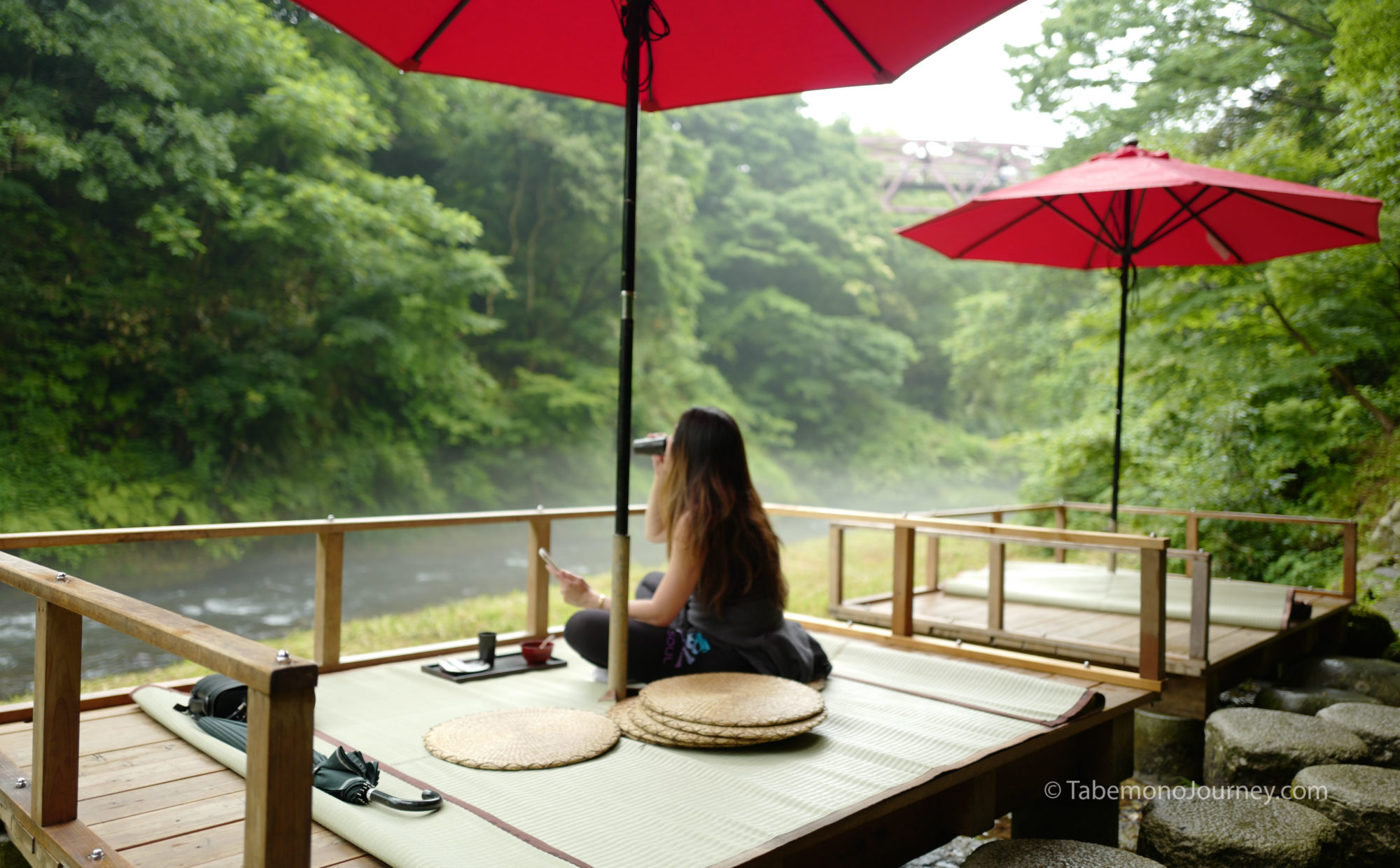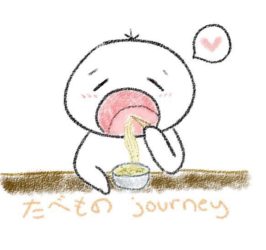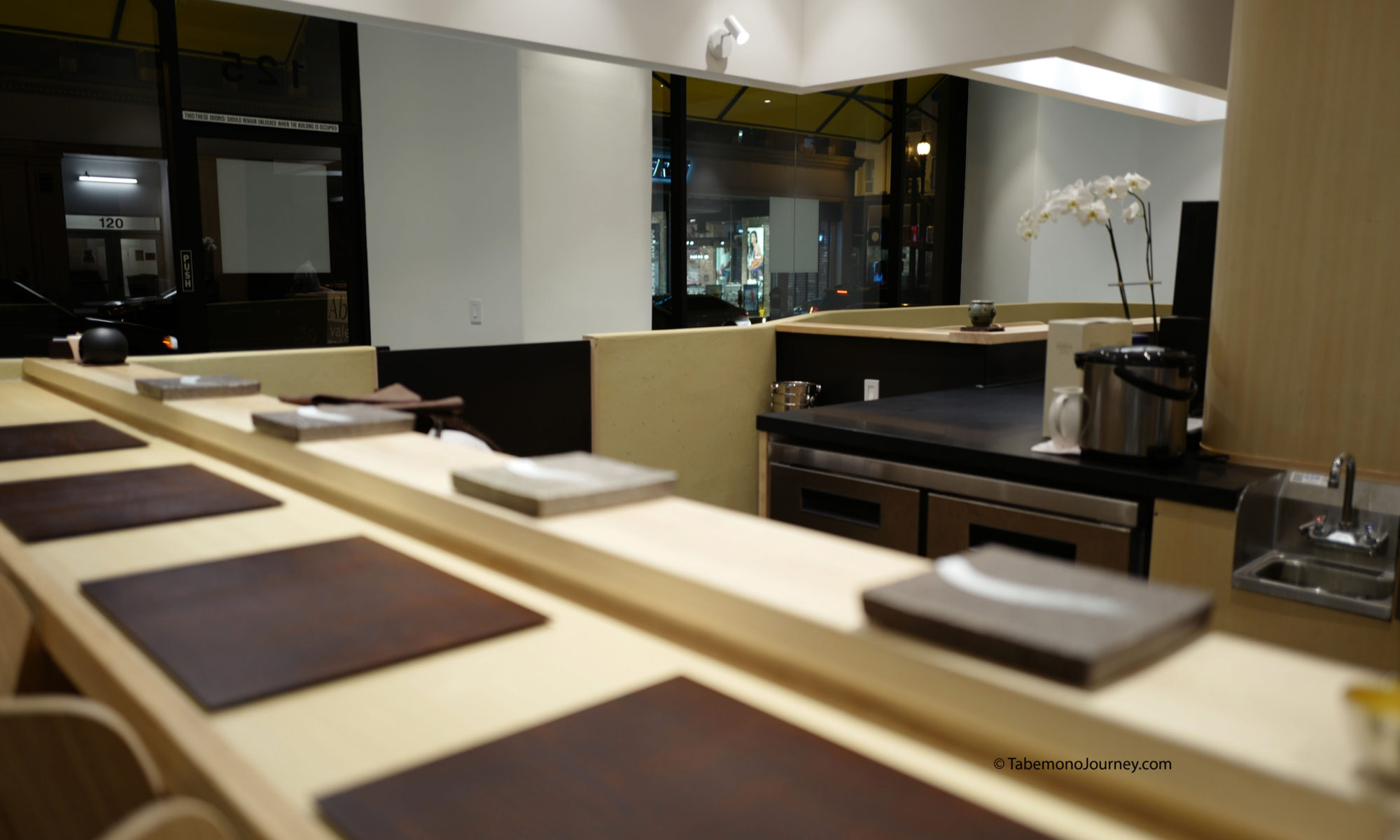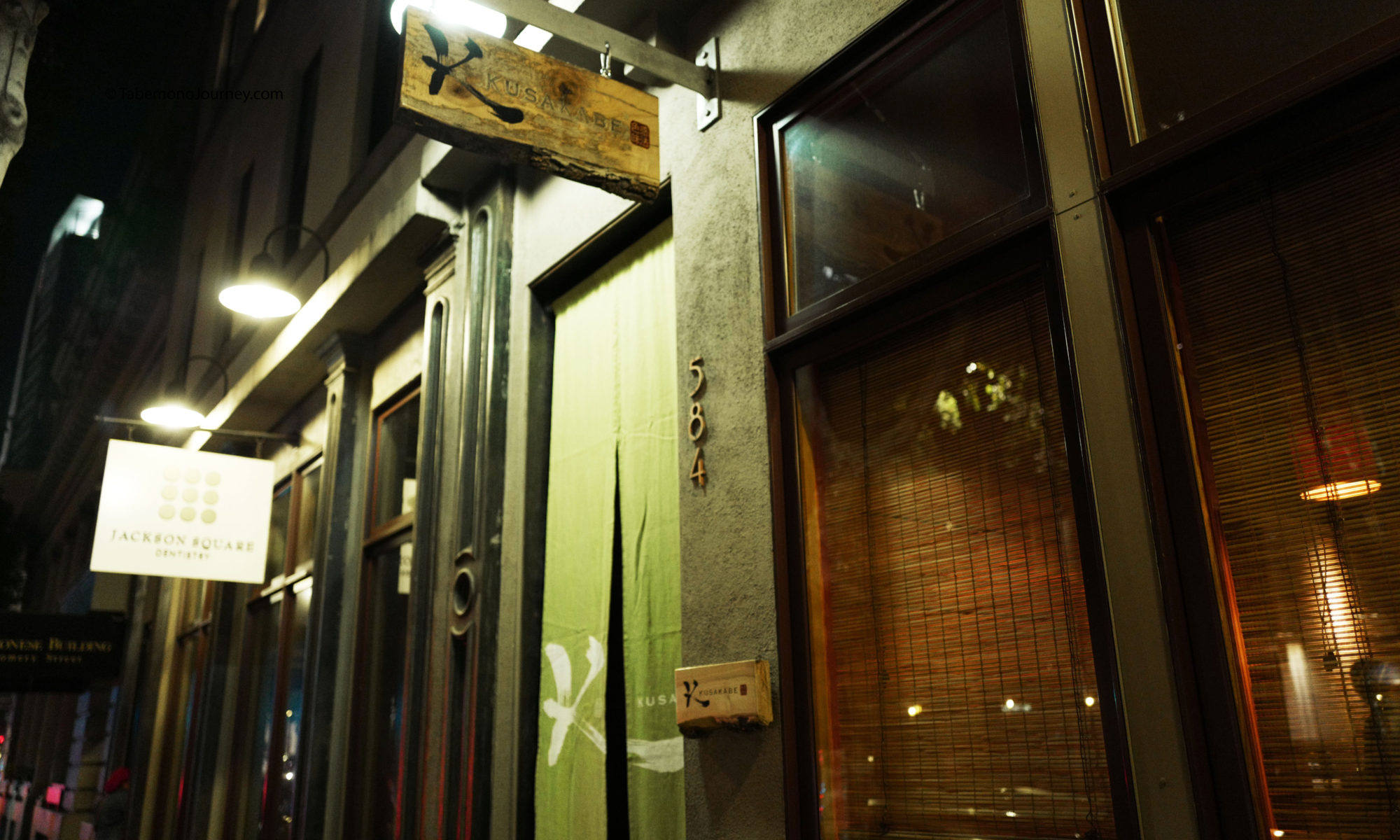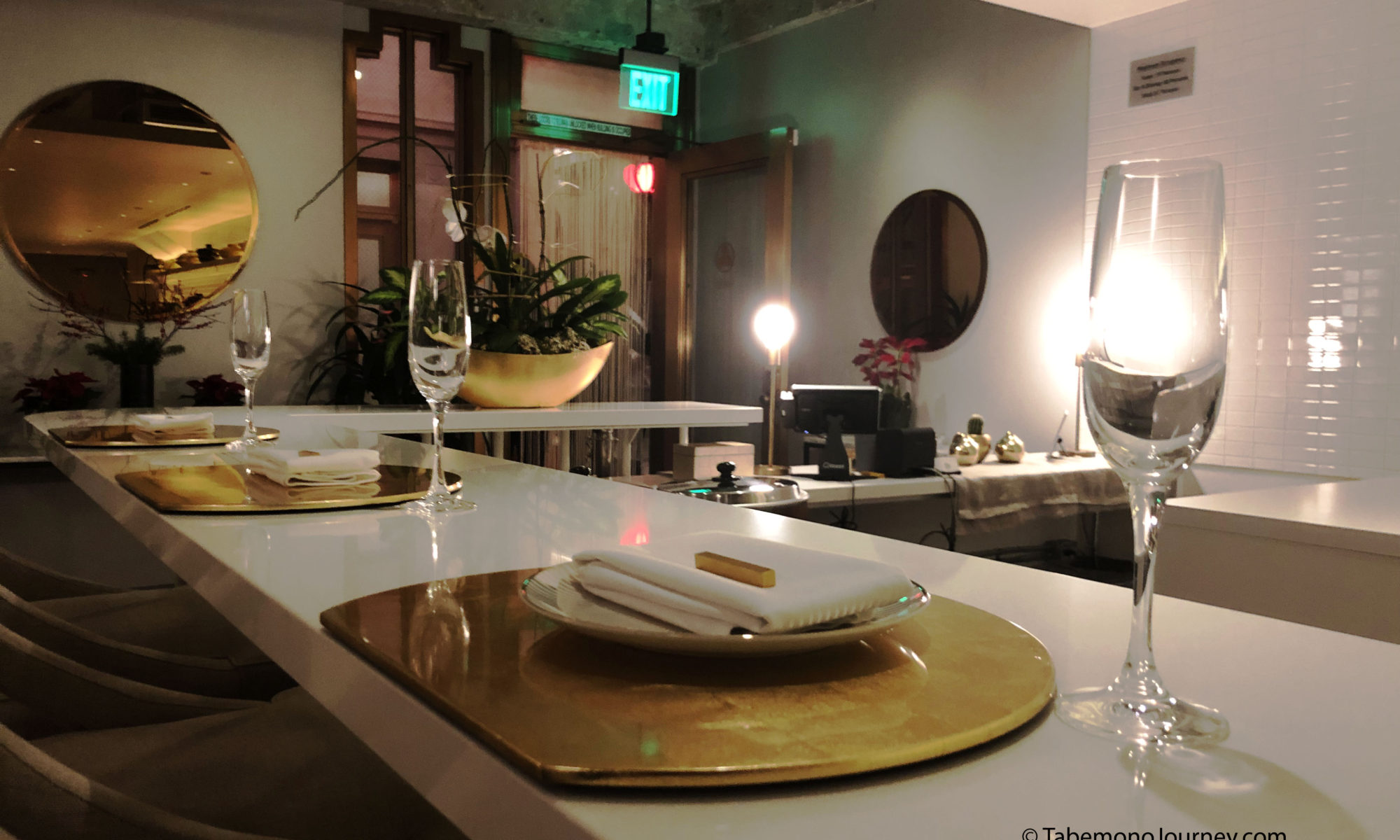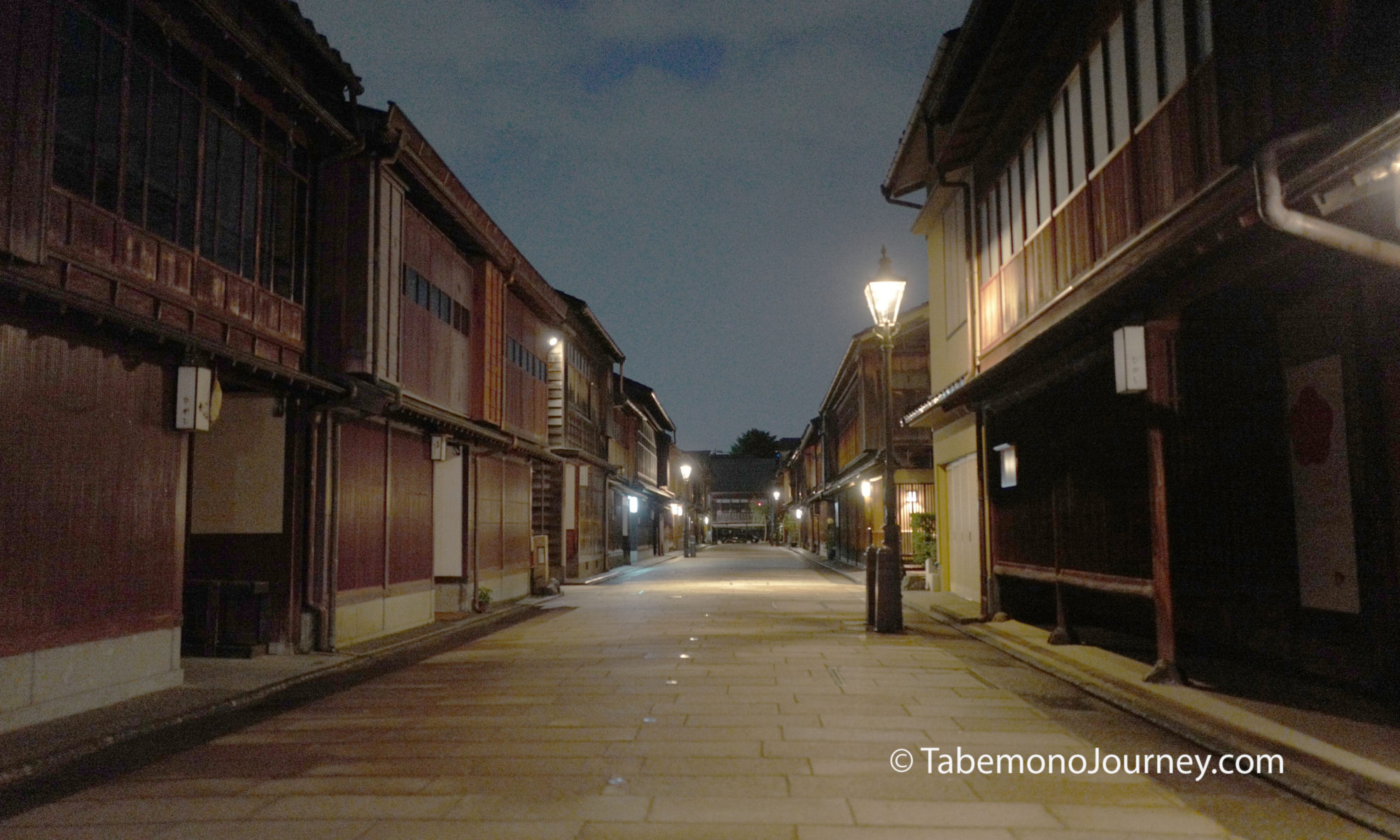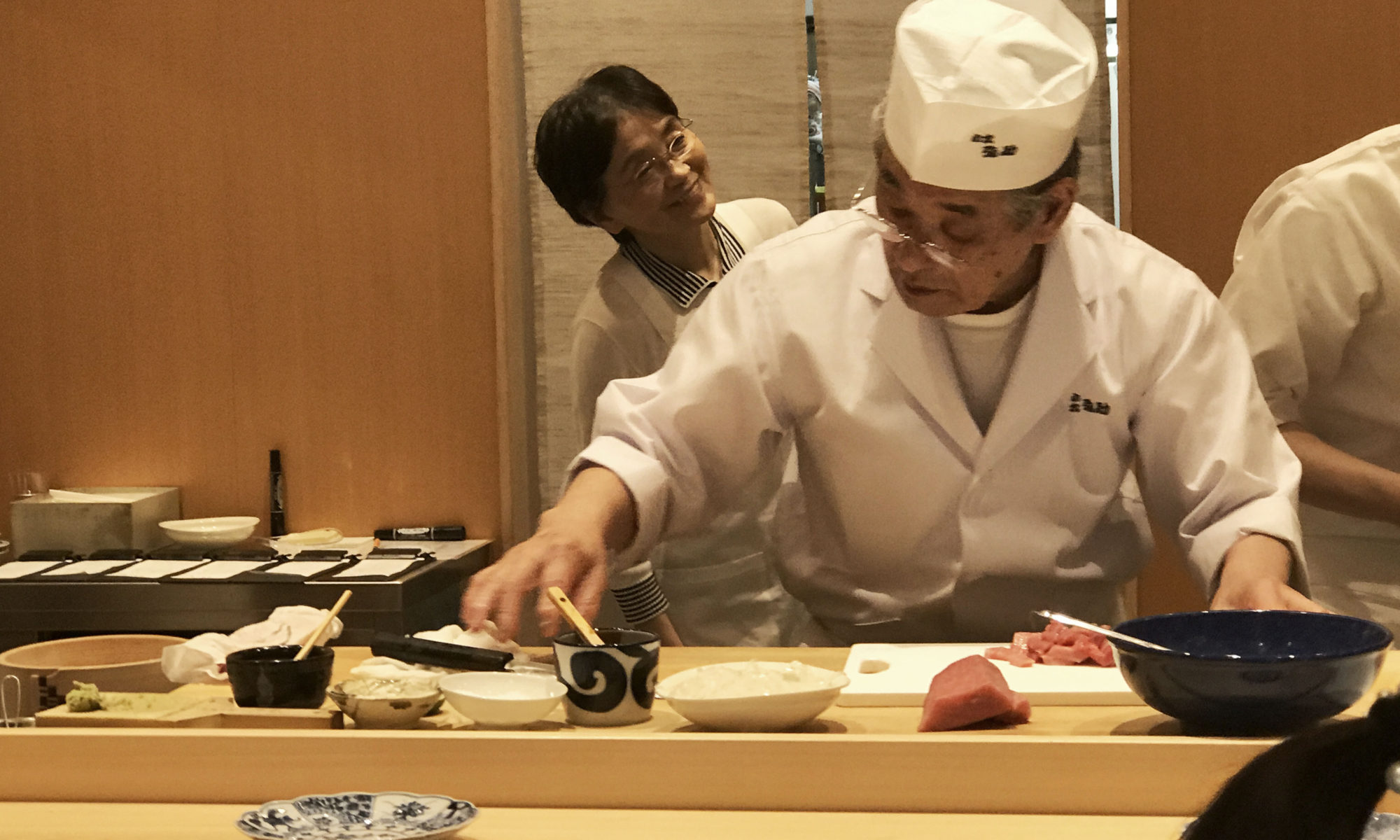I first learned of Sushi Nagai from an ad on Instagram. The ad noted that the Chef and Co-owner, Tomonori Nagai, graduated from culinary school in Japan and worked in Japan, Hawaii, New York, and Singapore. It highlighted that while in Singapore, he worked at one Michelin star Shinji by Kanesaka. Curious, I tried to look up information on the Chef and very little information came up. I’m assuming Sushi Nagai is following recent patterns of luring disciples from top Japanese sushi-ya and showcasing them in newly opened sushi-ya. However, what truly caught my eye was the focus on traditional edomae style sushi and I could not resist despite the steep price of $200/ person. Reservations were easy to make and they had same-day availability. We went in May which I like to note as omakase is about seasonal ingredients and will change quite often.
Continue reading “Tabemono In SF – Sushi Nagai”Tabemono in SF – Kusakabe
Kusakabe is a well known and established sushi omakase restaurant in downtown San Francisco. The restaurant is owned by Chef Mitsunori Kusakabe, of which the restaurant is named after. He likes to go by Nori-san for short, and he made a name for himself when he previously worked at Sushi Ran in Sausalito. He has a strong culinary background which includes experiences in Kyoto, Nobu in New York and Miami before his time in Sushi Ran. He opened Kusakabe in May 2014, and had a couple of years with a Michelin Star, but not in recent years.
Continue reading “Tabemono in SF – Kusakabe”Tabemono in SF – The Shota
The Shota is one of the many omakase restaurants that opened in the last couple of years in San Francisco. The chef/owner is Ingi “Shota” Son. Chef Ingi is familiar to me as he made sushi for me when he worked at Omakase (another sushi spot in SF). I remember that he had a soft, quick, and delicate touch to his sushi making. I also remembered that Omakase’s shari (sushi rice) was not a favorite of mine as I found it soft and under-seasoned. Since Chef Ingi was only one of the many chefs at omakase, I know he did not oversee the direction of the sushi. I read that he went on to work at Hashiri and had prior experience at Morimoto in Napa. Now, having his own restaurant, I was curious to see if his sushi aligned more with my preferences.
Continue reading “Tabemono in SF – The Shota”Tabemono Itinerary – Kanazawa Part 5 – Higashi Chaya, Kazuemachi Chaya, and Oden Yamasan
After our amazing lunch at an almost 90-year sushi master, we headed back to our hotel to regroup and continue with our sightseeing of Kanazawa. We then headed to Kanazawa Station to catch our bus to head over to the chaya district. In the Edo period, chayas are a type of restaurant, usually tea houses, where guests are entertained by geisha who sing and dance. Kanazawa has several chaya districts with Higashi Chaya being the largest and most preserved from the Edo period. It is very similar to Gion in Kyoto, only not as packed with tourists.
Continue reading “Tabemono Itinerary – Kanazawa Part 5 – Higashi Chaya, Kazuemachi Chaya, and Oden Yamasan”Tabemono Itinerary – Kanazawa Part 4 – Almost 90 Year Old Sushi Grandmaster Kazuo Morita at Komatsu Yasuke
After getting breakfast and lunch for our children in Omicho Market in the last post, it is onto a sushi lunch date with my wife. Kanazawa has many top-level sushi restaurants, but there is only one Kazuo Morita. At the time when we visited his restaurant, Komastsu Yasuke (小松弥助), he was 85 years old. Our concierge at the Nikko Hotel helped us make reservations 3 months in advance. I have heard this is the typical time needed as it is very difficult to get reservations. It is open only for lunch.
Continue reading “Tabemono Itinerary – Kanazawa Part 4 – Almost 90 Year Old Sushi Grandmaster Kazuo Morita at Komatsu Yasuke”